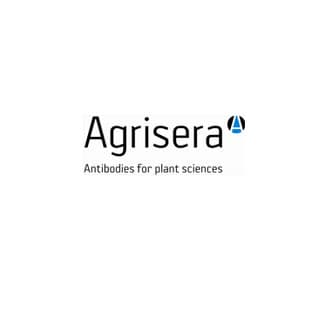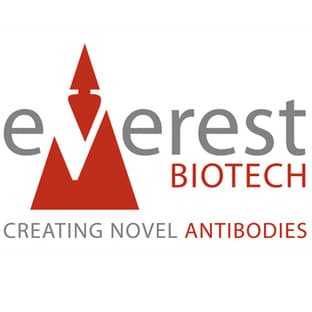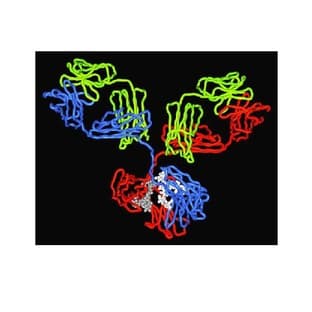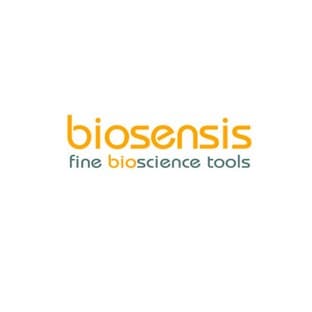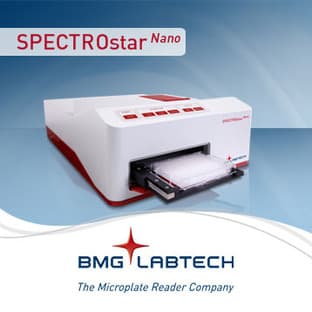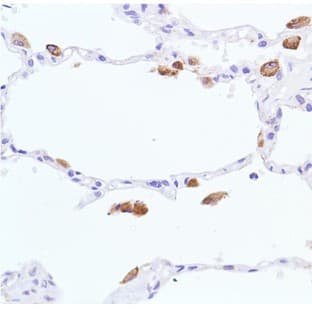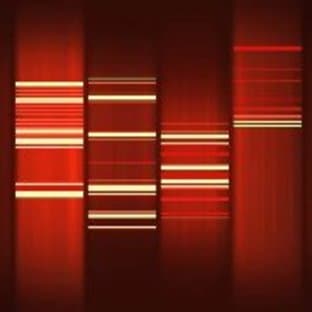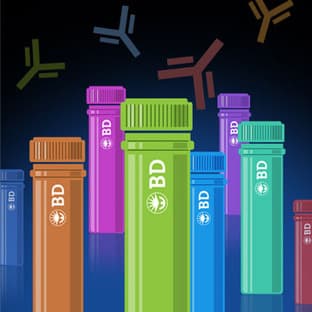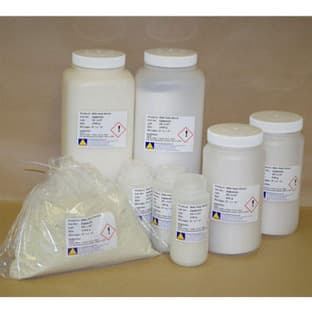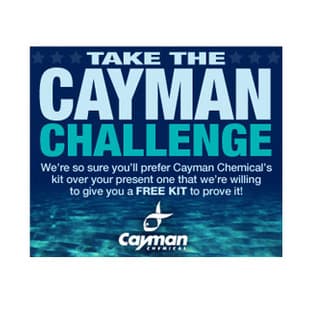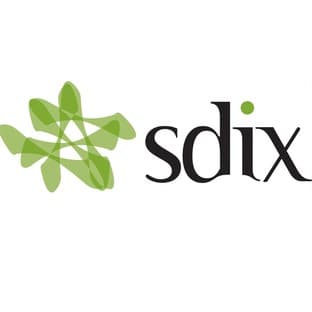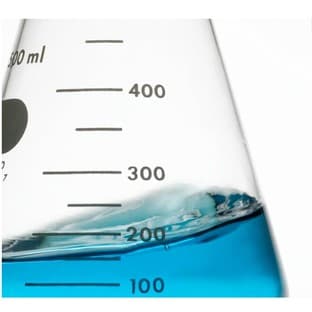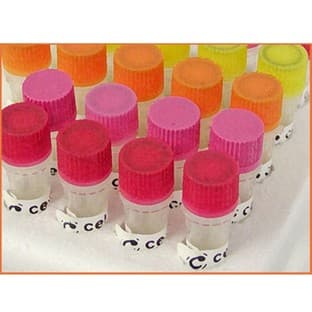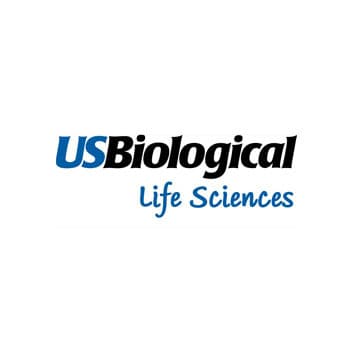
Supplier:
United States BiologicalCat no: R1250-05
Rce1 (Prenyl protein protease RCE1B,\nfarnesylated protein-converting enzyme 2)
Prices direct from United States Biological
Quick response times
Exclusive Biosave savings/discounts
SPECIFICATIONS
Catalog Number
R1250-05
Size
200ul
Applications
WB
Hosts
Rabbit
Reactivities
Hum, Mouse
Form
Supplied as a liquid in 0.02M PBS, 0.25M sodium chloride containing 0.1% sodium azide and 50% glycerol.
P Type
Pab
Purity
Purified by immunoaffinity chromatography.
Isotype
IgG
References
1. Plummer, Lisa J, et al (2006). Mutational analysis of the ras converting enzyme reveals a requirement for glutamate and histidine residues. J Biol Chem 281: 4596-605.\n2. Hollander, Irwin J, et al (2003). Human Ras converting enzyme endoproteolytic specificity at the P2' and P3' positions of K-Ras-derived peptides. Biochim Biophys Acta 1649: 24-9.\n3. Maske, Christopher P, et al (2003). A carboxyl-terminal interaction of lamin B1 is dependent on the CAAX endoprotease Rce1 and carboxymethylation. J Cell Biol 162: 1223-32.\nGeneral References:\n1. Boyartchuk, V. L.; Ashby, M. N.; Rine, J.: Modulation of Ras and a-factor function by carboxyl-terminal proteolysis. Science 275: 1796-1800, 1997. PubMed ID : 9065405\n2. Freije, J. M. P.; Blay, P.; Pendas, A. M.; Cadinanos, J.; Crespo, P.; Lopez-Otin, C.: Identification and chromosomal location of two human genes encoding enzymes potentially involved in proteolytic maturation of farnesylated proteins. Genomics 58: 270-280, 1999. PubMed ID : 10373325\n3. Otto, J. C.; Kim, E.; Young, S. G.; Casey, P. J.: Cloning and characterization of a mammalian prenyl protein-specific protease. J. Biol. Chem. 274: 8379-8382, 1999. PubMed ID : 10085068\n
Applications
ELISA, WB
Hosts
Rabbit
Reactivities
Hum
Applications
ELISA, WB
Hosts
Rabbit
Reactivities
Hum
Applications
ELISA, IHC, WB
Hosts
Rabbit
Reactivities
Mouse
Latest promotions
Spend less time on DNA cleanup so you can do more science. The MSB Spin PCRapace is the fastest way to purify your DNA from PCR, restriction digestion, and...
Genovis introduces GlycINATOR™• Works on most IgGs• Effective on high-mannose and bisected N-linked Fc-glycans • Rapid – 30-minute...
Use promo code EASY3 to receive 13% off and FREE shipping!Experience a new dimension of electronic pipetting with the NEW Easypet 3 pipette controller. The...
New brilliant antibodies, and new lower prices!For flow cytometry reagents in general, \"bright is better.\" The violet-excitable BD Horizon™ BV421 and...
As an incentive to qualify our BSA, we are offering a 20% discount when you purchase your first 100g, 500g or 1000g of any grade of Bovine Serum Albumin....
It is not every day that you are given something for nothing. We are giving away additional spectrophotometer software.Cecil Instruments have enhanced the...
We're so sure that you'll prefer Cayman Assay kits over your present brand that we're willing to give you a free assay kit to prove it!
For the past decade scientists have extensively used ATS secondary toxin conjugates to make their own targeted toxins for in vitro use.The ability to combine...
10% Discount on 2 Rabbit Polyclonal Antibody Service. With over 20 years experience, SDIX has developed into the premier US custom antibody producer,...
Did your supplier increase the price of Fetal Bovine Serum? Did they substitute the US Origin with USDA? Well say no more! Innovative Research is still...
Bulk Cytokines with Custom Vialing.20 - 50% off cytokines, growth factors, chemokines and more...For a limited time Cell Sciences is offering substantial...
Jenway’s 73 series spectrophotometer range provides four models with a narrow spectral bandwidth of 5nm and an absorbance range of –0.3 to 2.5A,...
Are you planning to have a customised antibody made for your research?Since 2000, Everest has been producing a catalog containing thousands of affinity...
Top suppliers
Carl Zeiss Microscopy
27 products
Eppendorf
1 products
Promega Corporation
11 products
Panasonic Healthcare Company
5 products
Life Technologies
1 products
Nikon Instruments Europe
11 products
Olympus Europa Holding GmbH
3 products
Leica Microsystems, Inc.
10 products
GE Healthcare Life Sciences
2 products
Tecan Trading AG
19 products
Beckman Coulter, Inc.
1 products
United States Biological
230753 products
AB SCIEX
3 products
BD (Becton, Dickinson and Company)
1 products
RANDOX TOXICOLOGY
5 products
Randox Food Diagnostics
6 products

